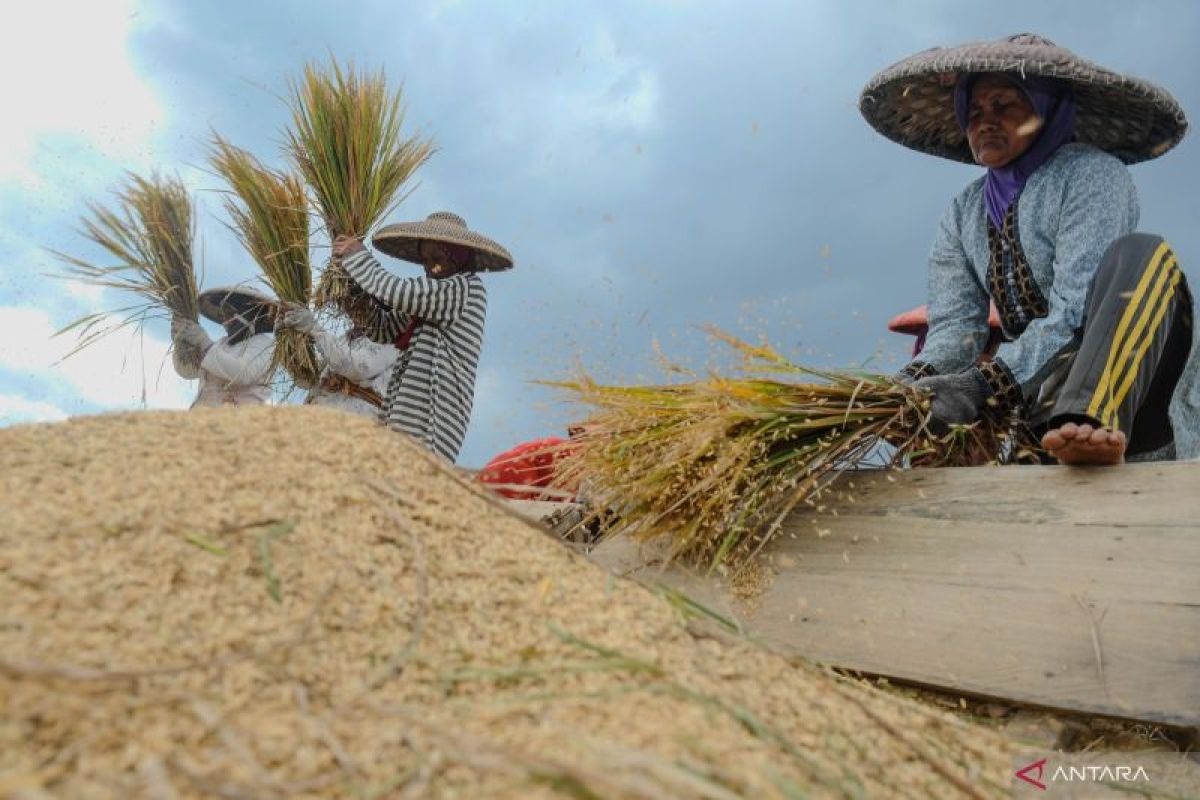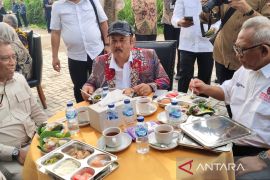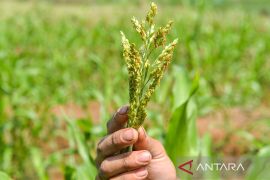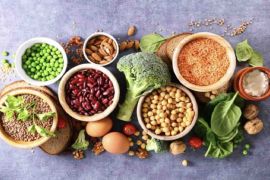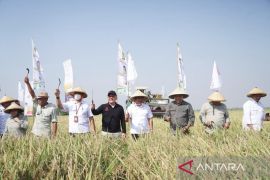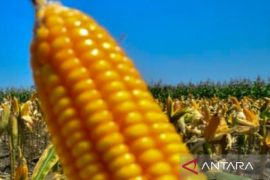In February, rice remained the biggest contributor to monthly inflation, adding 0.21 percent to the overall figure. During the period, almost all provinces experienced rice inflation.
The increase in rice prices in recent months has been among the challenges that have affected people's purchasing power.
Rice inflation affects people significantly, especially poor households since 50 percent of their income is spent on food.
Thus, rice inflation increases the spending of poor households, putting them at risk of becoming poorer.
To stabilize rice prices and ensure supply, the government is making several efforts, including increasing the distribution of Food Supply and Price Stabilization (SPHP) rice from 150 thousand tons to 250 thousand tons to meet people's needs.
The government is also cooperating with relevant stakeholders to handle rice price volatility, for instance, through inflation control synergy with the central and regional inflation control teams under the National Food Inflation Control Movement in various regions.
The government is also importing rice. In January, the government imported 2.5 million tons of rice to secure the government rice reserves (CBP).
After the harvest season — earlier predicted from March–April — was delayed, the government imported another 1.6 million tons of rice to meet domestic needs. The additional import was aimed at maintaining overall price stability.
In view of the current inflation, it is essential for Indonesia to build food independence and security, especially for rice.
In 1984, Indonesia scripted food self-sufficiency history by producing up to 27 million tons of rice, higher than domestic rice consumption of 25 million tons.
Indonesia is aiming to achieve self-sufficiency again to secure rice availability in the country.
To this end, innovations and concrete actions are needed to maximize rice production and bolster agricultural productivity given that the area under farmland has been decreasing over time.
A number of agricultural lands have changed function to become residential and industrial areas, among other things. Meanwhile, the population has continued to grow to reach 279 million this year. Thus, food needs are increasing in line with the increase in population.
According to the 2023 Agricultural Census carried out by Statistics Indonesia (BPS), the number of agricultural businesses in Indonesia in 2023 was recorded at 29,360,833. They were dominated by individual farming businesses, which accounted for 29,342,202 or 99.94 percent of the total businesses.
One of the Agriculture Ministry's efforts to boost agricultural productivity significantly has been optimizing swamp land to increase food independence.
At least 81 thousand hectares of swamp land in Central Kalimantan has been allocated by the government for optimization to increase rice productivity.
The effort involves increasing water use efficiency and reducing the risk of floods or puddles that can damage crops. Such optimization of agricultural land needs to be improved.
Quality seeds are also being produced by domestic inventors and researchers. It is hoped that climate-resistant seeds can be created to anticipate climate change. The government has provided free seed incentives to farmers who wish to expand planting.
Further, the government has increased the budget for fertilizer subsidies by Rp14 trillion (around US$880.85 million) and raised the quota of subsidized fertilizers from 4.7 million tons to 7.5 million tons.
According to the executive director of the Institute for Development of Economics and Finance (Indef), Esther Sri Astuti, food self-sufficiency is a long-term solution to keep rice prices under control and ensure supply availability.
If Indonesia can produce rice to meet domestic needs, then the price of rice will be easier to maintain. Meeting the community's food needs through domestic production is key to ensuring safe supply or stock of rice.
In addition to building rice self-sufficiency by increasing production, another effort to control rice prices is ensuring the smooth distribution of rice. If rice distribution outside of Java is impeded, it could potentially push up the prices of the commodity.
Furthermore, transportation costs also need to be maintained as they can affect the increase in the prices of commodities.
Food diversification
Amid the increase in rice prices, the government can also push food diversification to reduce dependency on rice.
Besides rice, there are many other choices of staples, such as cassava, corn, potato, and sorghum.
Food diversification is an effort to encourage people not only to focus on one type of food but to vary the staple foods they consume.
A researcher at the National Research and Innovation Agency (BRIN), Yanu Endar Prasetyo, said that the community must be encouraged to consume non-rice and local food so that dependency on rice can be slowly reduced.
Social assistance could be provided in the form of cash instead of rice so that people can spend the money on other consumption goods.
Meanwhile, the consumption of sago-based local foods, which have been around for a long time and are consumed by the community, is being threatened by the availability of instant foods and wheat imports.
If the government wants to match the country's rice productivity and production with demand, it will need to support producers or farmers, starting from ensuring the availability of seeds, fertilizers, as well as production facilities, and other subsidies that are more accurate in terms of targets.
In addition, the shift in land function that has led to a decline in agricultural land needs to be addressed. Moreover, climate change adaptation and mitigation need to be prioritized.
Cooperation with industries is also needed so that non-rice food products can be marketed more widely and be made accessible to the community.
More importantly, there must be goodwill from the government in efforts to achieve rice self-sufficiency. Here, it must be underlined that imports are only a temporary solution that will eventually increase the burden on state spending.
Domestic production capacity must also be boosted so that Indonesia does not depend on other countries. If rice-producing countries stop exporting rice, countries that import rice will be affected.
With simultaneous efforts from relevant parties, it would not be impossible for Indonesia, an agrarian country, to achieve food independence and support national food security.
Related news: Food prices tend to decline ahead of Eid al-Fitr: Minister
Related news: Use sago analog rice as rice substitute: Minister
Editor: Rahmad Nasution
Copyright © ANTARA 2024
